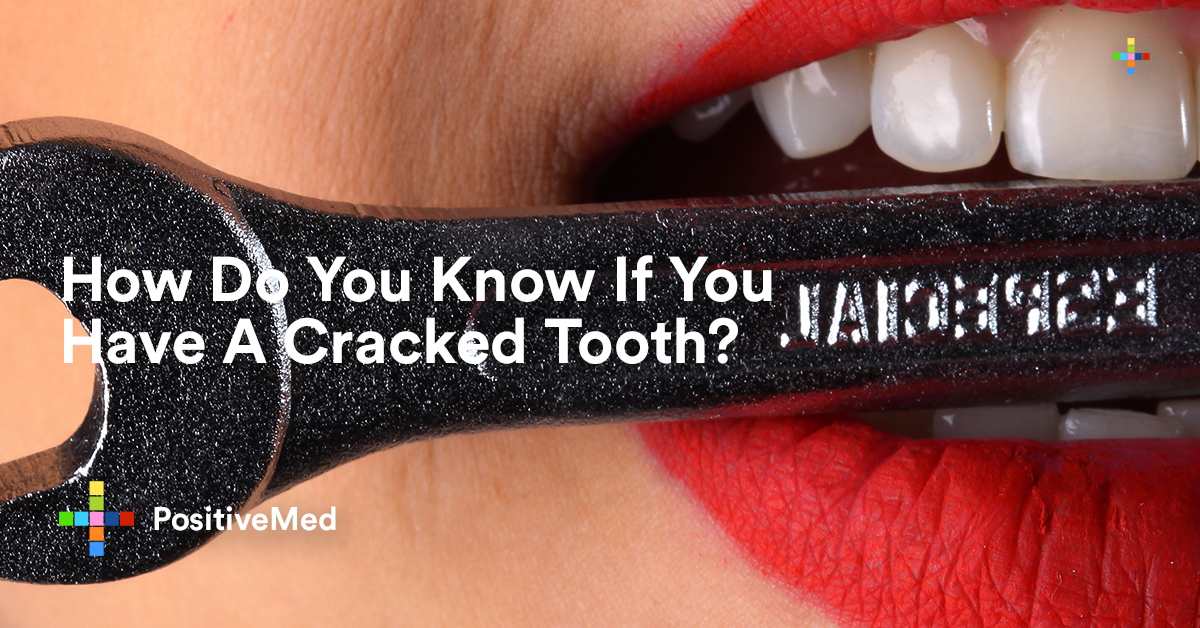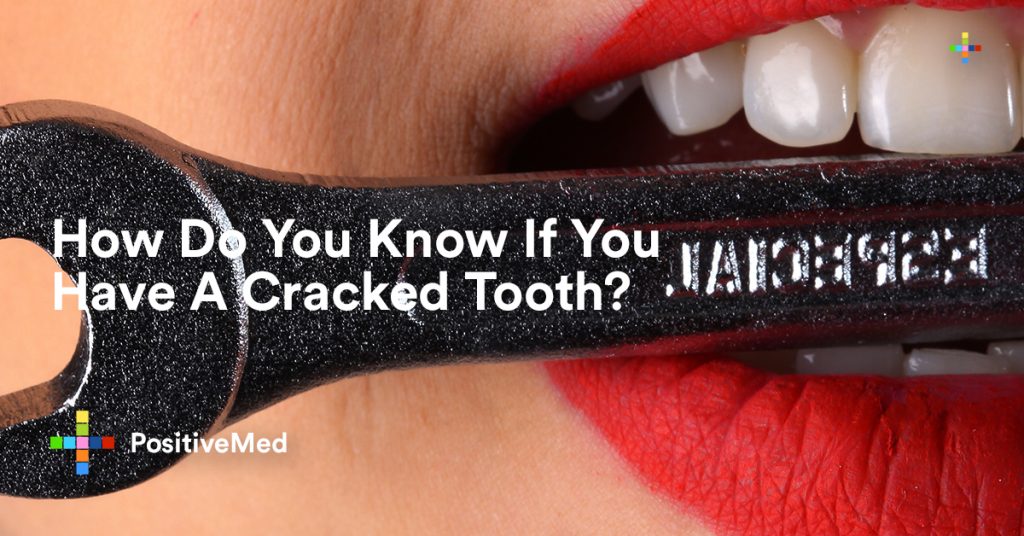Any part of your tooth can get cracked. The crack can be visible, although not always.
Your tooth may be cracked if you experience pain when chewing food or if it suddenly becomes sensitive to heat and cold.
A cracked tooth is a common condition and a major cause of tooth loss.
What are the symptoms of a cracked tooth?
There are no symptoms caused by a cracked tooth. You may have the condition and don’t realize it.
There are some types of cracks that do not require treatment since they are harmless.
If you notice the following symptoms, the type of the crack may be extensive and requires treatment from a dentist:
Pain while eating especially when biting or chewing.
Teeth suddenly get sensitive to sweetness.
The gum around the cracked teeth gets swollen.
Teeth suddenly get sensitive to heat or cold.
Pain that comes and go, but not continuous.
Discomfort that is hard to pinpoint around the teeth.

What causes tooth to crack?
There are many reasons why tooth crack, including:
Biting and chewing hard foods such as nuts, hard candy, and ice.
Excessive teeth grinding.
Physical injury happening from sporting activity, car accident, fist fight, or a fall.
Large fillings weakening tooth integrity.
Age. Teeth cracks occur more in people over 50 years.
Sudden changes in temperature. For example, when you drink extremely hot tea and then cooling it with ice-cold water.
What are the types of tooth cracks?
Cracks vary in depth, length depending on the location of the tooth.
Craze lines
They are the smallest cracks that occur on the tooth enamel. They are hard to be noticed since they don’t cause pain and require no treatment.
Split tooth:
The crack splits the tooth into two. A dentist can only save one part of the tooth using a
crown
In other cases root canal treatment can be used.
Oblique subgingival cracks
The cracks are painful and extend below the gum line.
Oblique supragingival cracks:
They don’t go below the gum line and affect the crown only. They are not painful.
Fractured cusp
This happens if a piece of the chewing surface gets broken. It is commonly found around the dental filling.
Oblique root cracks
The cracks do not happen on the surface of your tooth. The damage usually occurs below the jawbone.
Vertical root fracture:
The crack starts below the gum line and extends upward.
How to diagnose a cracked tooth?
It is not always simple to diagnose a cracked tooth, especially if the crack is small.
X-rays cannot also help locate the crack To help diagnose the tooth, the dentist will do the following:
Ask your dental history:
Whether you grind your teeth or chew very hard food.
Do a visual examination:
Your dentist uses a magnifying lens to enlarge small cracks.
Feel for a crack
The doctor runs a dental explorer around your teeth to find if it ‘catches’ on an edge.
Use of dental dye:
This makes the crack to stand out.
Probes your gum to look for an inflammation:
It is very important in locating vertical cracks that irritates the gum.
Having you bite something:
When you release the bite you feel the pain and that is a sign of a cracked tooth.
X-ray the teeth:
The X-rays may not reveal where the cracks are located but can reveal problems in teeth pulp. Unhealthy pulp suggests a crack.
How to treat a cracked tooth?
The treatment is based on where the crack is located and the damage caused.
Treatment is not necessary if the crack is tiny and no discomfort is caused.
In cases of extensive cracks the following treatments are done by a dentist:
Bonding:
Plastic is used to fill the crack and this restores its look and function.
Using a crown:
A dental crown is made of ceramic or porcelain. It is fitted on the damaged tooth or capped on it.
Extraction:
If the tooth, and roots and nerves below it, are damaged, the only option is to remove it.
Root canal:
In very severe cases the crack may have penetrated the pulp, root canal is done.
Gluing on the broken or chipped part of the tooth.
How to prevent a cracked tooth?
It is not a preventable condition, but these strategies can help:
Avoid chewing hard foods such as unpopped popcorn kernels and ice.
Try not to clench your teeth.
Avoid habits that can damage your teeth such as biting pens or grinding.
Wear a mouth guard while in sporting activities.
Outlook
It is a common experience for many people to have a cracked tooth. There are many ways to save your teeth and their appearance.
Although the tooth can be treated, it cannot be 100 percent healed, unlike broken bones do.
Prompt treatment will save your tooth and prevent it from further damage and infection.






